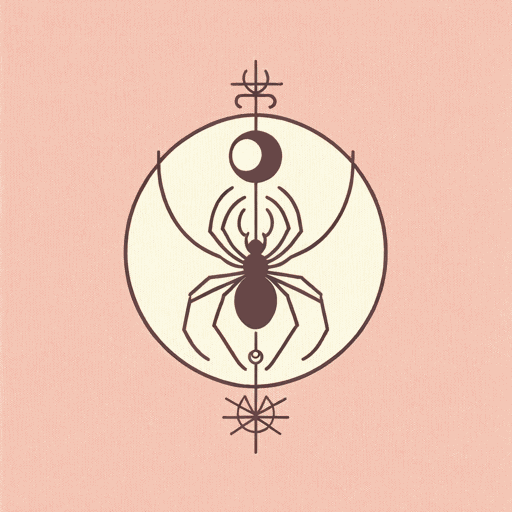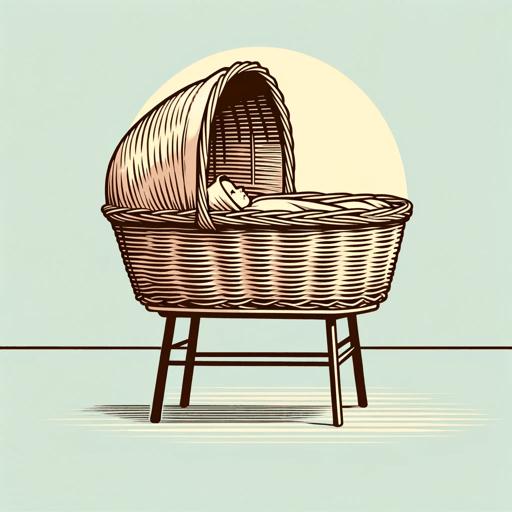28 pages • 56 minutes read
Neil GaimanOctober in the Chair
Fiction | Short Story | Adult | Published in 2002A modern alternative to SparkNotes and CliffsNotes, SuperSummary offers high-quality Study Guides with detailed chapter summaries and analysis of major themes, characters, and more.
Story Analysis
Analysis: “October in the Chair”
“October in the Chair” begins with a frame story that establishes the embedded narrative’s themes of Family Ties and The Power of Names. Neil Gaiman anthropomorphizes the months of the year to bring them to life. He goes beyond personification; rather than just giving them human qualities, he makes them into living people with unique traits that match the reader’s perceptions of the months. March is described as “low and dirty” (29) and possessing a “huge, filthy handkerchief” (29). To many, March represents the transition between winter and spring, in which the winter is washed away for a clean start in April. March has endured the worst of winter and is responsible for cleaning up whatever snow is left behind, represented by the handkerchief and dirt. April, on the other hand, is described as dainty, representing new birth and its precarious position. While the weather may be warmer and flowers are blooming, a few cold days and a frost can remind one that there are still plenty of days before summer. At the other end of the year, September is described as having, “a pencil-thin mustache and was balding in the front, which made his forehead seem high and wise” (29).
Related Titles
By Neil Gaiman

American Gods
Neil Gaiman

Anansi Boys
Neil Gaiman

Coraline
Neil Gaiman

Fortunately, the Milk
Neil Gaiman

Good Omens: The Nice and Accurate Prophecies of Agnes Nutter, Witch
Neil Gaiman, Terry Pratchett

How to Talk to Girls at Parties
Neil Gaiman

Neverwhere
Neil Gaiman

Norse Mythology
Neil Gaiman

Stardust
Neil Gaiman

The Graveyard Book
Neil Gaiman

The Ocean at the End of the Lane
Neil Gaiman

The Sandman Omnibus Vol. 1
Neil Gaiman

The Sleeper and the Spindle
Neil Gaiman

